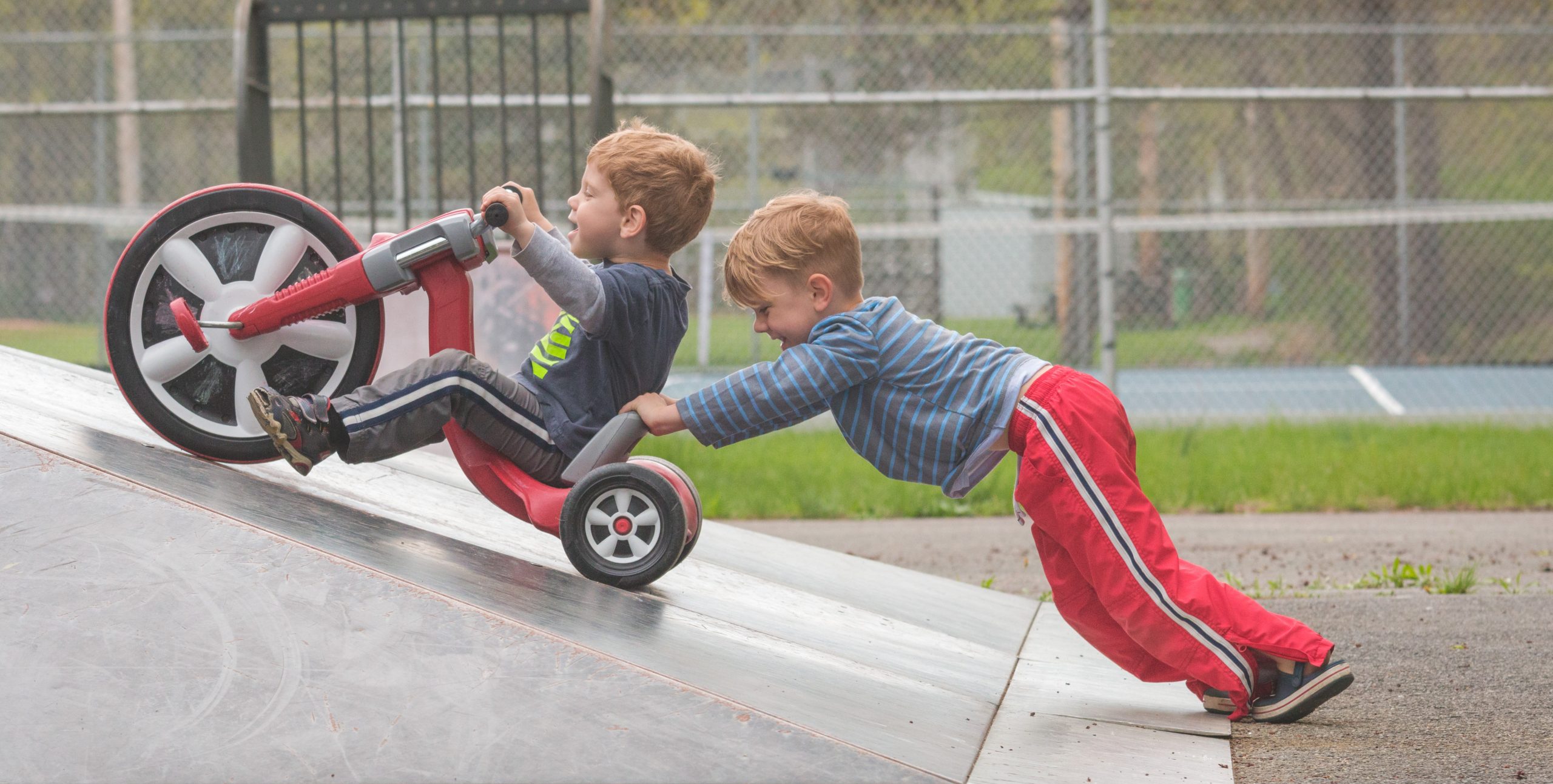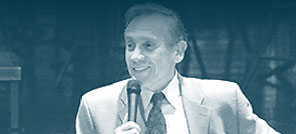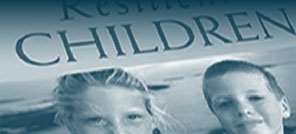We are very happy that you like sharing articles from the site. To send more articles to your friends please copy and paste the page address into a separate email.Thank You.
Printer-Friendly Version | Email Article
 I’ve written a number of articles about the impact of kindness in our personal and professional lives, most recently in a two-part series posted in November 2020 and December 2020. The focus of these two columns was the ways in which kindness served as an invaluable attribute of effective leaders. In my November 2018 article, I examined the role of kindness in the school setting. Just last month I returned to another one of my favorite themes that resonates with acts of kindness, namely, engaging in what I call “contributory” or “charitable” activities.
I’ve written a number of articles about the impact of kindness in our personal and professional lives, most recently in a two-part series posted in November 2020 and December 2020. The focus of these two columns was the ways in which kindness served as an invaluable attribute of effective leaders. In my November 2018 article, I examined the role of kindness in the school setting. Just last month I returned to another one of my favorite themes that resonates with acts of kindness, namely, engaging in what I call “contributory” or “charitable” activities.
In my articles about leadership and kindness I cited several resources, including a blog by psychiatrist Eva Ritvo that was posted on the Psychology Today website and titled “Can Being Kind Make You a Better Boss?.” In answering this question Ritvo wrote, “Kind bosses have been shown to increase morale, decrease absenteeism, and retain employees longer. Kind bosses may even prolong the lives of their employees by decreasing their stress levels which improves cardiovascular health.” In contrast, in my clinical activities and consultations I have heard firsthand accounts of the significant toll that a negative, bullying boss can have on our physical and emotional well-being.
My December 2020 column also included mention of a related theme I have increasingly included in my writings and presentations: the lifelong significance that even “seemingly small gestures” or “micromoments” of kindness can have on both the giver and the recipient of these acts. In support of this position, I quoted the observations of business consultant Phil Lewis appearing in an article posted in Forbes titled “Why Kindness In Business Is No Longer Optional—And What Being Kinder Involves.”
“Kindness Is Not a Luxury”
Lewis asserted, “The message is clear: in today’s world of work, kindness in not a luxury, it is a necessity. Kindness begins (or ends) with everyday interactions. Regardless of our seniority, each of us makes moment-by-moment choices about how kind to be to those around us. And, in the fullness of time, it is those everyday choices that exert influence on corporate behavior—for better or worse.” I believe the word “corporate” can be expanded to any kind of organization, including two with which I am very familiar—mental health agencies and schools.
Lewis emphasized that kindness is reflected in “acts of being considerate and responsive to the needs of others. In doing so, it reflects the essential altruism that underpins all high-functioning organizational cultures. . . . Kindness as a value is hard-edged, practical, and supportive. Kindness should never be mistaken for weakness.”
Questioning the Impact of Kindness
One catalyst for my highlighting the influence of seemingly small gestures or micromoments were comments I have often heard from those who questioned whether they were in a position to have a positive effect on others. I heard this questioning of efficacy especially from teachers, although other groups such as employers, supervisors, or mentors voiced similar sentiments. Examples from teachers included comments such as: “I am with this student a very limited amount of time. He spends most of his time in a very negative home where he receives little support and encouragement. I feel anything positive that he experiences at school is quickly erased when he goes home” or “I wish I had more time to get to know my students, but I have so much academic material to cover” or “I’m not certain if students will remember much about what I say or do.”
To counteract what I consider to be the consequences of this kind of negative mindset (i.e., if you believe you can’t have a positive effect on a student’s life, there is less likelihood that you will), I began to pose the following kinds of questions (these questions can be translated into any kind of situation such as consultant with client or employer with employee):
“What is one of your favorite memories of school when you were a student that involved a teacher?”
“What did that teacher say or do that made the memory so indelible?”
I asked similar questions about negative memories. What I discovered is that there were events that occurred 40 or 50 years earlier that continued to arouse strong emotions and influence one’s current life. I also found that a number of these events represented micromoments.
In discussing these memories with educators, I emphasized the following message: Just as we carry vivid memories of brief interactions we had many years ago with our teachers, our students carry lifelong memories of their interactions with us. And yet, I have found that even those who fondly recall experiences from many years ago in which they were the recipient of seemingly small gestures of kindness continue to question whether their expressions of kindness will have a similar effect on their students or others.
When we minimize the possible impact of kindness on others, such a belief may result in our engaging in fewer acts of kindness. The dominant question may be: Why waste time with behaviors that you believe are ineffective? The prevalence of this question was examined in a thoughtful article by psychologist Jill Suttie, “Do You Underestimate the Impact of Being Kind?”
Suttie observed that when she “gives up her spot in the grocery line to a stranger” or surprises a friend in the hospital “by sending flowers, these random acts of kindness—given without expectation of thanks or reciprocity—feel good in the moment and help connect me to my community.” She then wondered, “But, if random kindnesses spread so much positivity, why don’t we do them more often?”
Studies of Kindness
One possible answer may be found in recent studies conducted by Amit Kumar at the University of Texas at Austin and Nicholas Epley at the University of Chicago. In a series of studies, they found that people may underestimate the very positive emotions associated with being a recipient of an act of kindness. In examining the research of Kumar and Epley, Suttie noted, “In every experiment, those who were kind to another person underestimated how much happier recipients would feel. And it didn’t matter what type of kindness was offered—how big it was or whether it involved an action taken or a material gift—or whether the recipient was known or not by the giver. Kind people were always off in their predictions of how much others appreciated their gesture.”
Kumar elaborated on the influence of acts of kindness. “People might not always realize how much of an impact they’re having on another person through their kindness.” Highlighting another dimension of such acts, Kumar added, “People don’t seem to fully appreciate the role that interpersonal warmth plays in these interactions. Performers of an act of kindness can miss out on the fact that simply engaging in a warm act is meaningful for recipients beyond whatever they’re giving them.”
Kumar and Epley found in another study that the giver of kindness also underestimated how much their kindness would encourage a recipient to pay it forward. “Performers of an earlier act of kindness didn’t realize the impact they’d had,” Kumar observed. “Much like they underestimated a recipient’s emotional response, they significantly underestimated the spillover effects.”
It should also be noted that the participants in the Kuman and Epley studies experienced a greater sense of happiness when they provided kindness compared with when they were the recipients of such actions. This finding resonates with the benefits of engaging in “contributory” or “charitable” activities as a source of purpose, satisfaction, and resilience in our lives.
Kumar concluded, “When you’re consistently underestimating the benefits of positive social engagement, it can cause you to not be prosocial enough. If people realized this fact, their kindness might create a virtuous cycle of giving.”
Questions to Consider
In reflecting on the study findings described by Kumar and Epley, I would recommend we reflect upon the following questions, similar to ones I have raised in previous articles:
“What is one illustration of an act of kindness for which I was a recipient when I was a child?”
“What is one illustration of an act of kindness for which I was a recipient as an adult?”
“What is one illustration of an act of kindness that I expressed towards others?”
“In all of these illustrations, what thoughts and emotions did I experience at that moment?”
“If a parent or caregiver, what acts of kindness have I modeled for my children?”
“If a parent or caregiver, what acts of kindness have I engaged in as a family with my children?”
While many acts of kindness may arise spontaneously (e.g., helping someone pick up groceries that were spilled), I think we also have to become more intentional in engaging in actions that convey kindness. As Kumar and Epley found, even seemingly small acts of kindness can have more of an impact on the recipients of such actions than we might have anticipated. In the process, we will also enrich our own lives and become more mindful of behaviors rooted in empathy, compassion, and altruism.
At this time of year, I want to wish all of my readers a very happy and peaceful holiday season.



